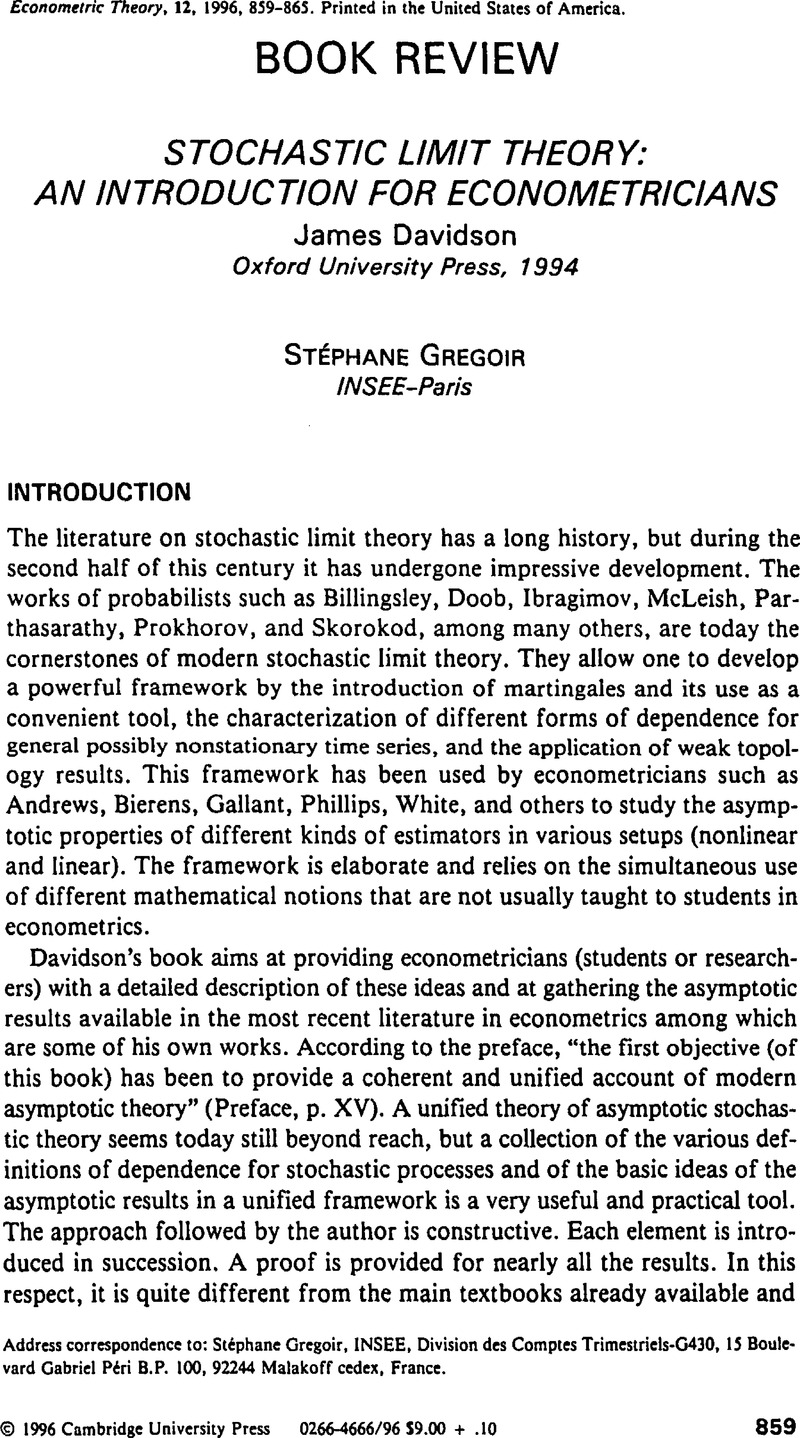Crossref Citations
This article has been cited by the following publications. This list is generated based on data provided by Crossref.
Boswijk, H.Peter
1998.
Book reviews.
Econometric Reviews,
Vol. 17,
Issue. 3,
p.
329.





